The rolling hills of Tuscany hide more than just world-famous wines and olive groves. Beyond the busy streets of Florence and the leaning tower of Pisa, dozens of tiny villages perch on hilltops and nestle in valleys, largely untouched by time.
These hidden gems offer a glimpse into an Italy that many tourists never see, where elderly locals still gather in centuries-old piazzas and cats doze in sunbeams on weathered stone steps. Pack your bags and wander off the beaten path – these lesser-known Tuscan treasures await discovery.
Let’s explore twenty villages where time moves a little slower, and every corner feels like a masterpiece coming to life.
Monteriggioni
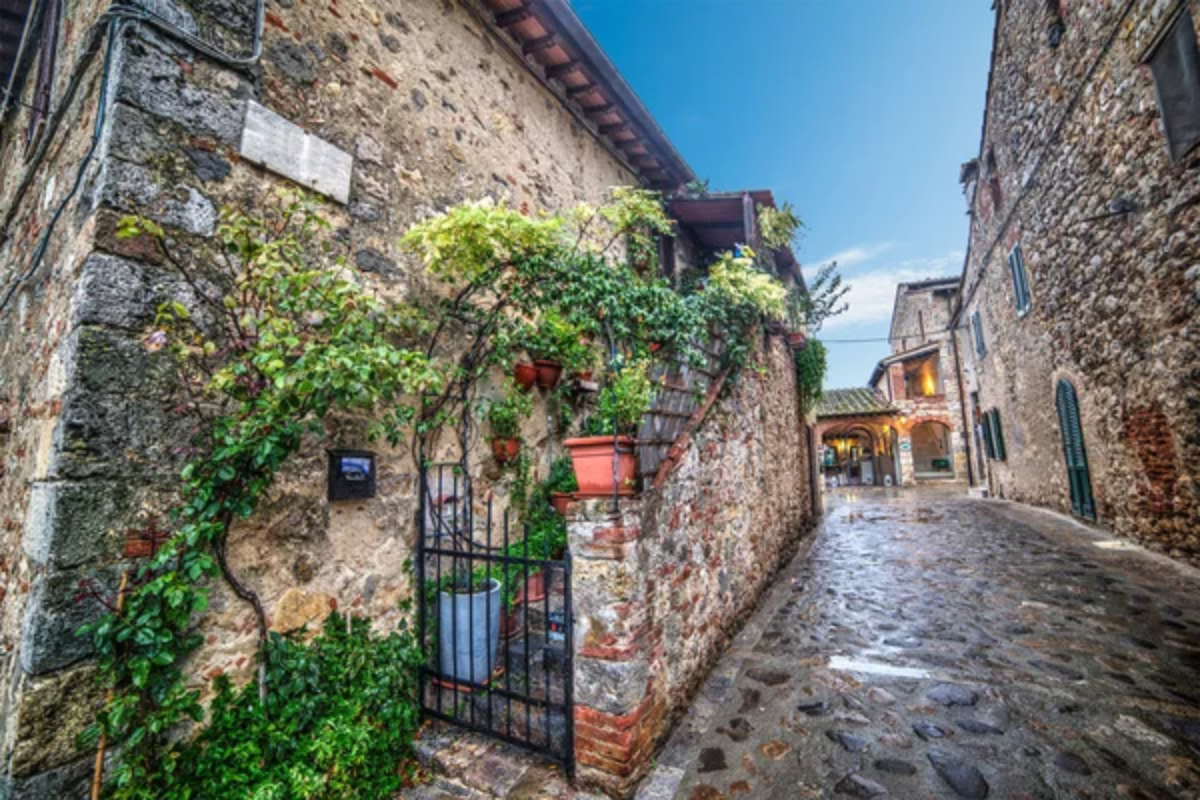
This perfectly circular walled town sits like a crown atop a gentle hill, its fourteen towers standing guard just as they did in medieval times. The main piazza is the heart of village life, where locals sip espresso and children play among flowers sprouting from ancient stones.
Tiny artisan workshops line the quiet streets, showcasing handmade leather goods and local wines. The views from the walkable fortress walls stretch for miles across vineyards and olive groves, especially stunning at sunset.
Pitigliano
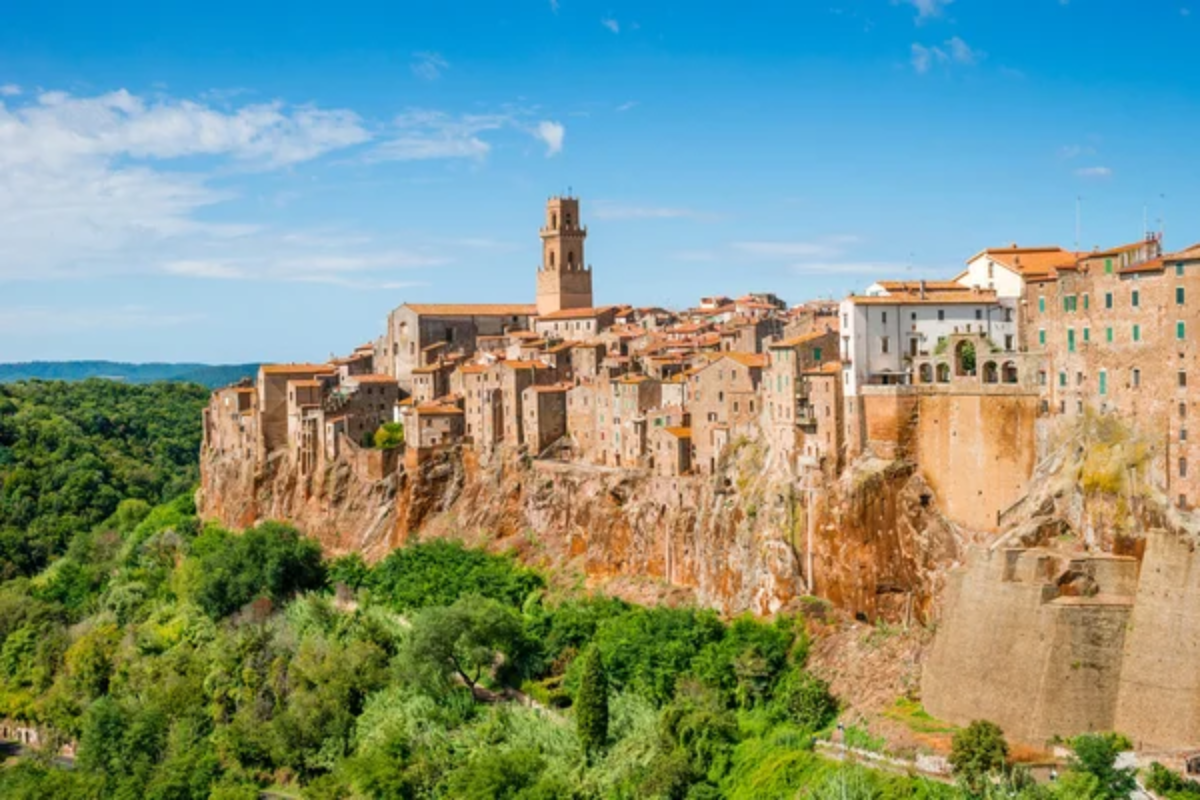
Known as ‘Little Jerusalem’ for its historic Jewish quarter, this village appears to grow directly out of volcanic rock. Warm golden light bathes the tuff stone buildings, creating an ethereal glow as evening approaches.
The network of underground caves and tunnels tells stories of ancient Etruscan civilization and medieval wine-making traditions. Walking through the old Jewish ghetto, you can smell fresh bread from the restored kosher bakery and hear stories of centuries of peaceful coexistence.
Like Travel Pug’s content? Follow us on MSN.
Bagno Vignoni
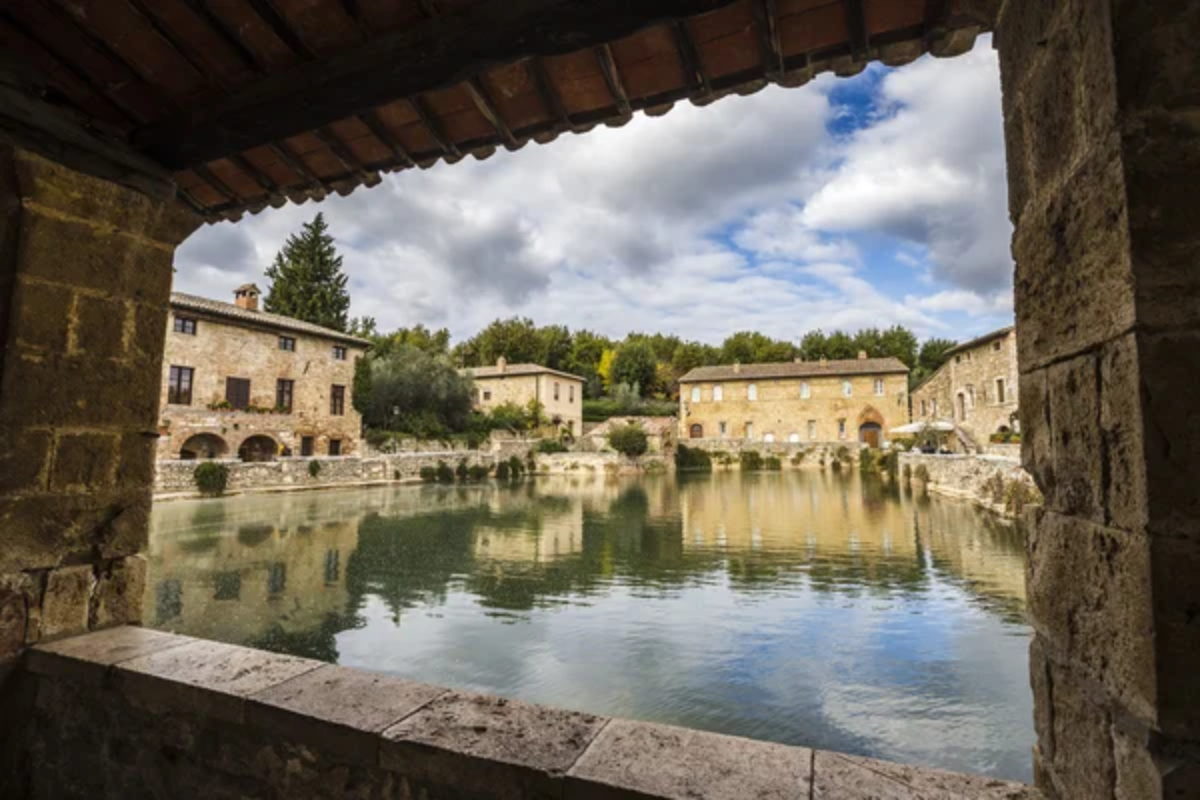
This unique village centers around a massive 16th-century thermal pool instead of a traditional town square. During cool mornings, steam rises from the ancient basin, creating an almost mystical atmosphere.
Visitors can soak in modern thermal baths nearby while gazing at the historic pool that once refreshed pilgrims and popes. The surrounding streets house charming restaurants where pasta is still made by hand, and locals share tales of the healing waters.
Sorano
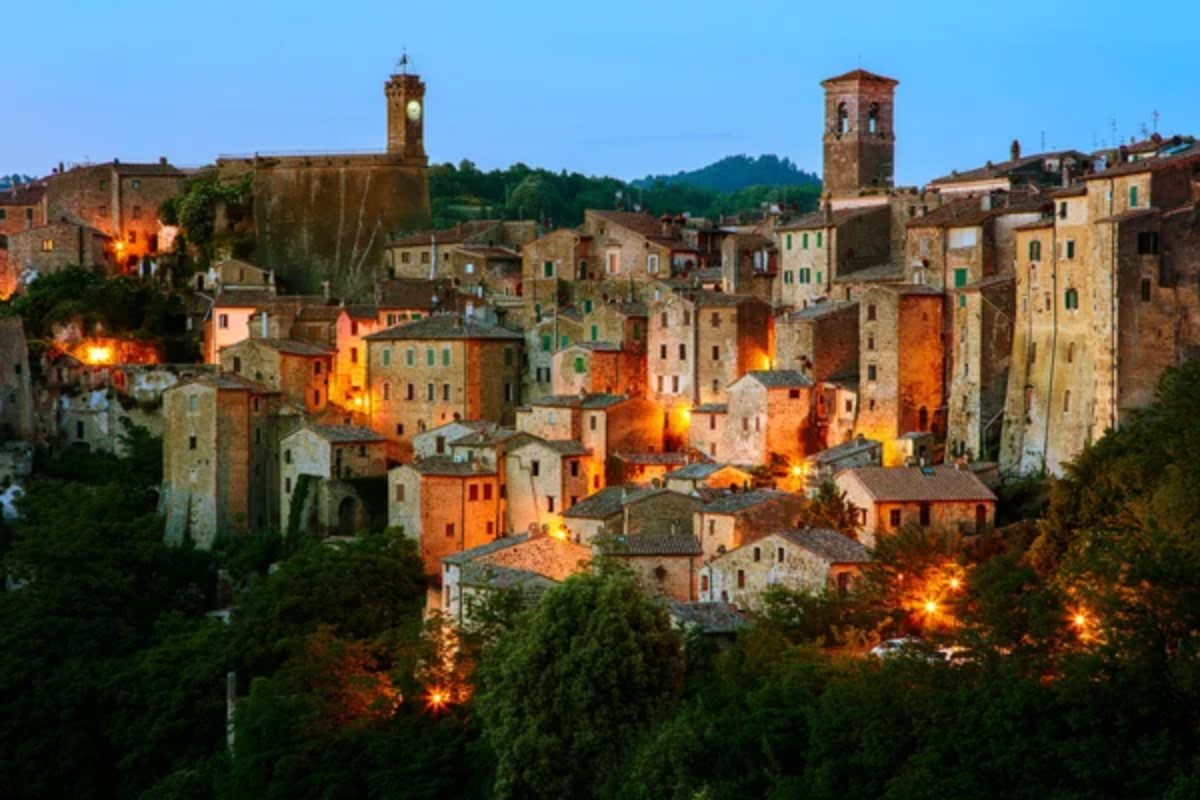
Carved into towering cliffs, this village resembles a natural fortress rising from the earth. Weathered stone staircases wind through the town, leading to hidden courtyards where grape vines drape across ancient walls.
Local artisans still work in cave workshops, creating pottery using techniques passed down through generations. The evening light creates deep shadows between buildings, making the town appear like a living sculpture.
Civita di Bagnoregio
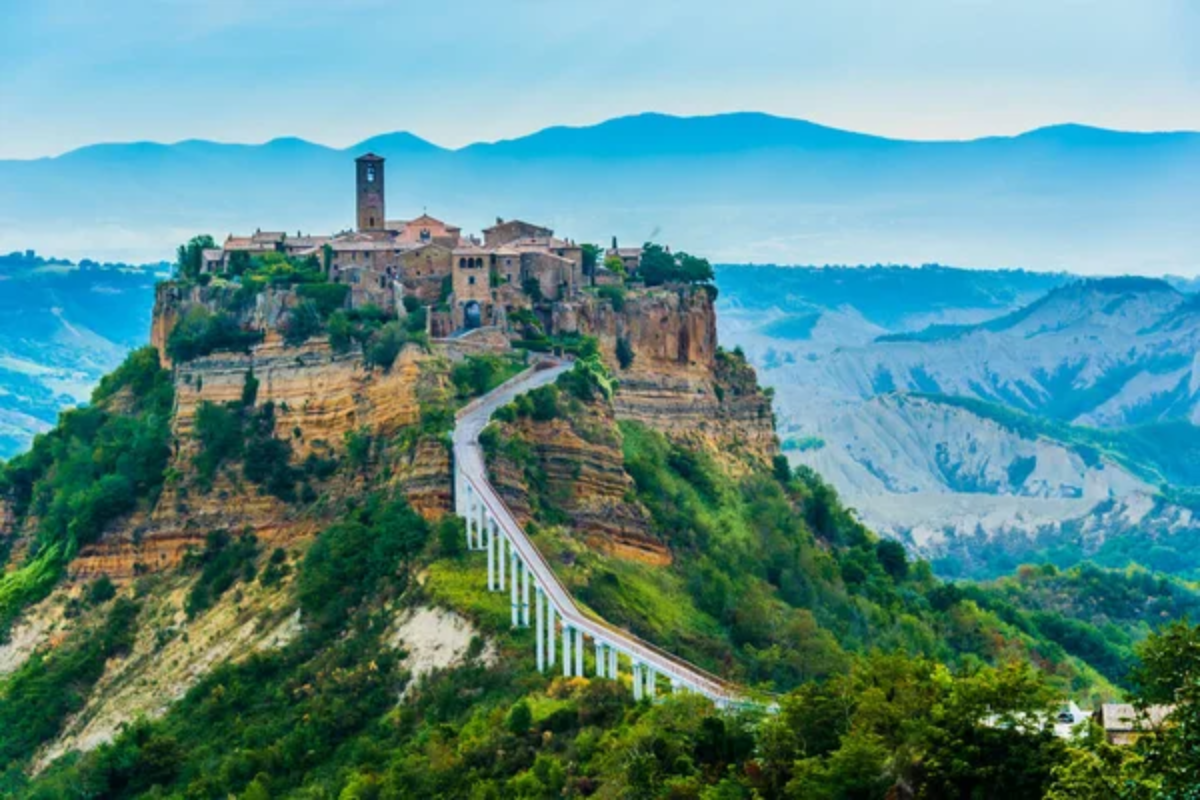
Connected to the world by a single footbridge, this town floats above the valley on a plateau of volcanic rock. Time stands remarkably still here, where fewer than twelve permanent residents maintain centuries-old traditions.
Flowering vines cascade down weathered stone walls, and every window box bursts with colorful blooms. The absence of cars and modern noise makes it easy to imagine life hundreds of years ago.
Like Travel Pug’s content? Follow us on MSN.
Montefioralle
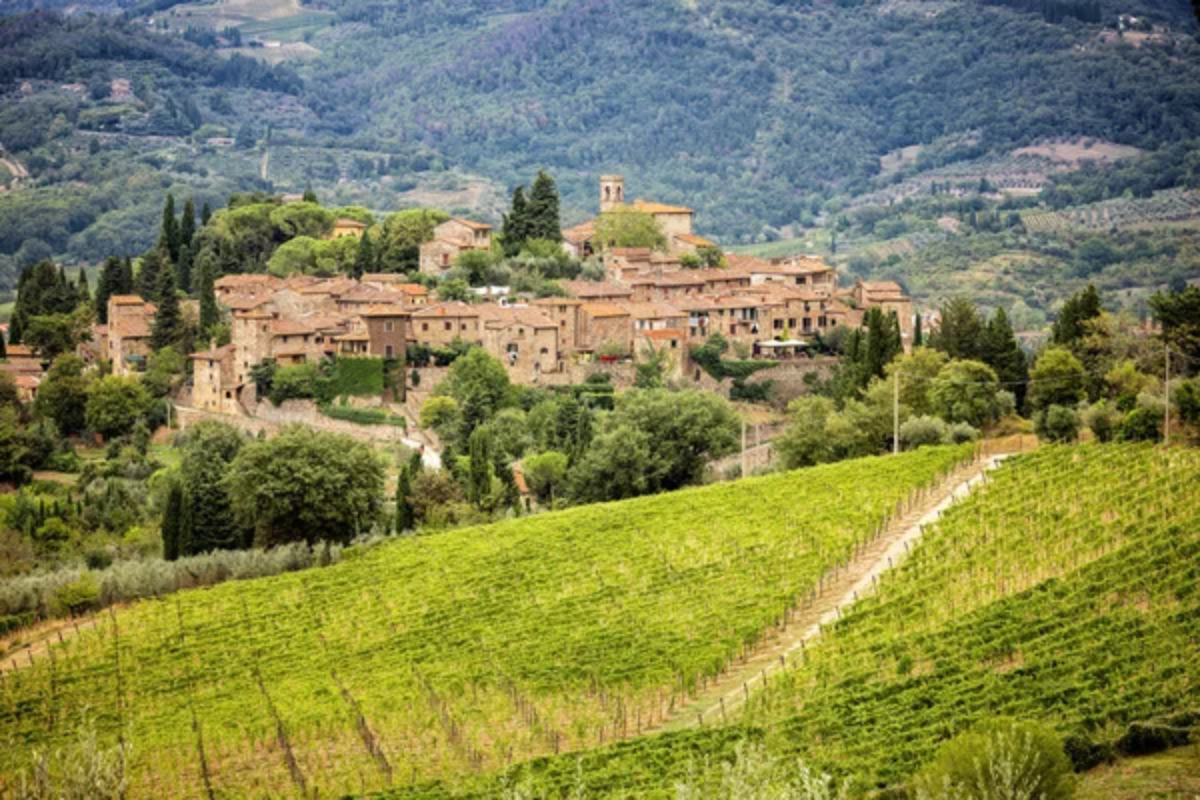
This tiny circular village, tucked away in the Chianti hills, once housed the family of Amerigo Vespucci. Stone houses with characteristic red roofs cluster inside medieval walls, connected by paths barely wide enough for two people to pass.
Every turn reveals another picture-perfect scene of classic Tuscan architecture and blooming flowers. The surrounding olive groves produce some of the region’s finest oil, pressed using traditional methods.
Collodi
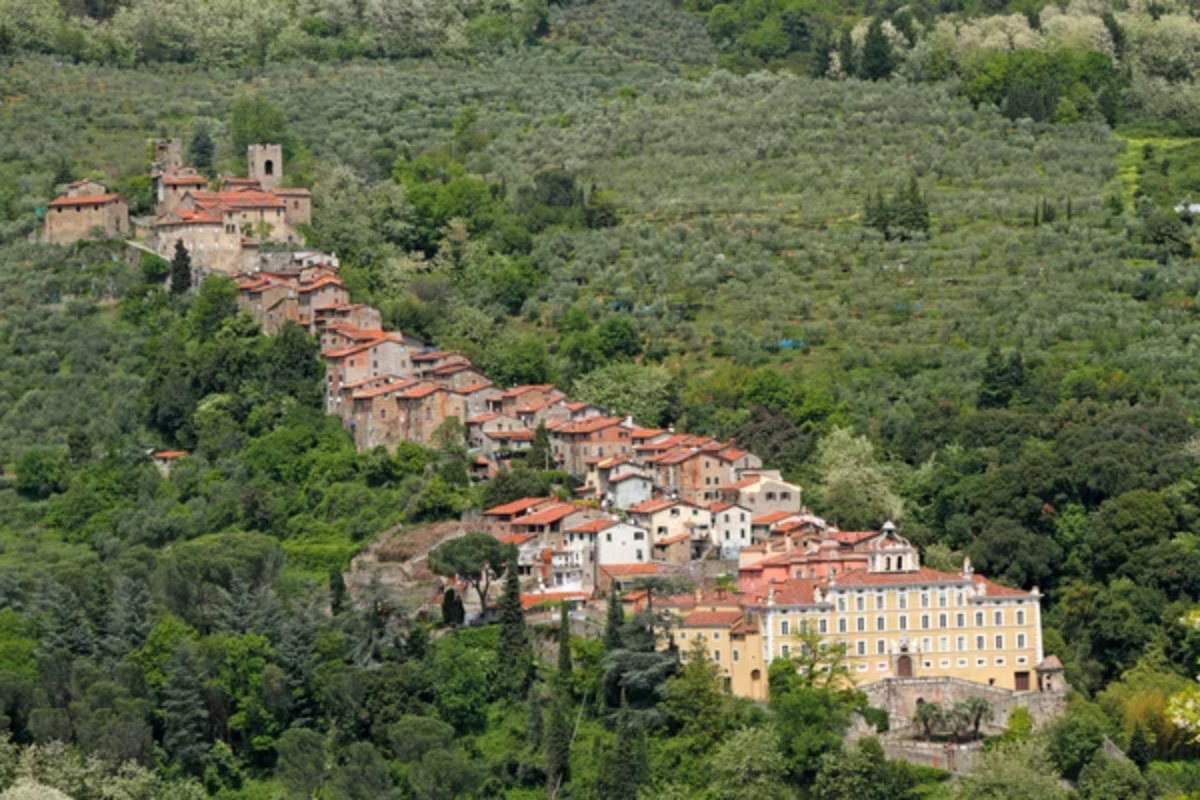
The birthplace of Pinocchio is a vertical village that climbs a steep hillside like a cascade of houses. Gardens and terraces create green spaces between ancient stone buildings, offering surprising views at every level.
The Baroque Garzoni Garden provides a stunning backdrop to the village’s authentic charm. Local restaurants serve traditional chestnut-based dishes that have sustained villagers for centuries.
San Casciano dei Bagni
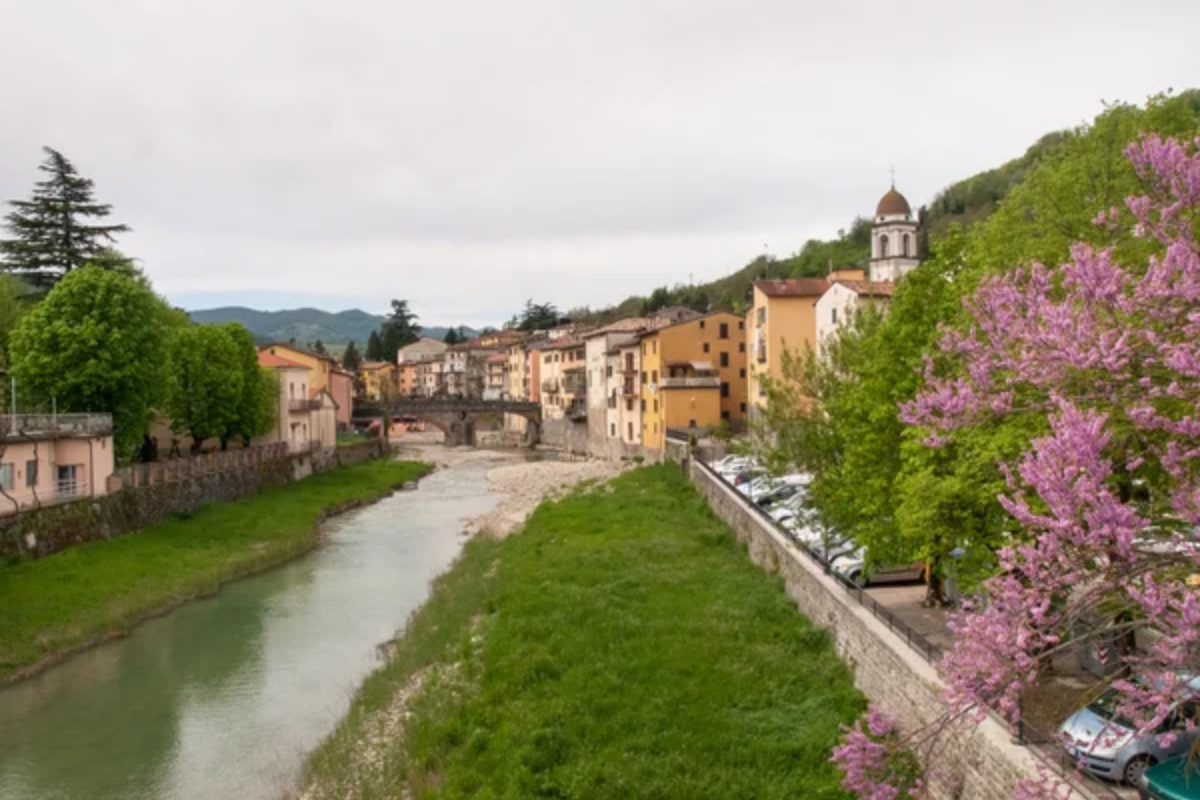
Hidden springs feed twelve ancient thermal baths in this peaceful village, where steam rises through cobblestone streets. Traditional stone houses cluster around the central square, where locals gather for evening walks and friendly conversations.
The village’s position offers breathtaking views across the Val d’Orcia, especially beautiful during early morning mist. Small family-run shops sell local pecorino cheese and hand-picked herbs from nearby hills.
Like Travel Pug’s content? Follow us on MSN.
Fosdinovo
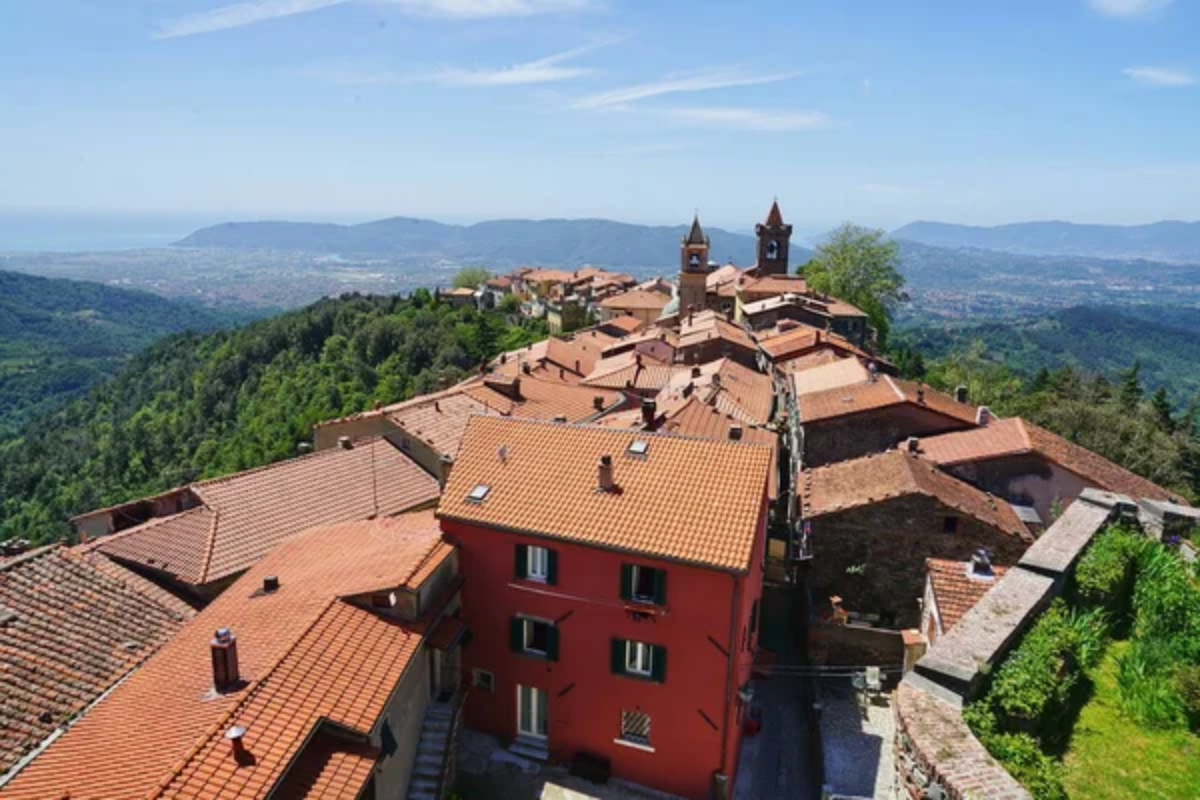
A massive medieval castle dominates this village, telling tales of the powerful Malaspina family. Narrow streets wind past houses painted in warm Tuscan colors, leading to unexpected viewpoints over the Apuan Alps.
The village’s elevation provides cool breezes during summer evenings when neighbors dine together in outdoor courtyards. Local legends speak of secret tunnels and hidden treasures still waiting to be discovered.
Poppi
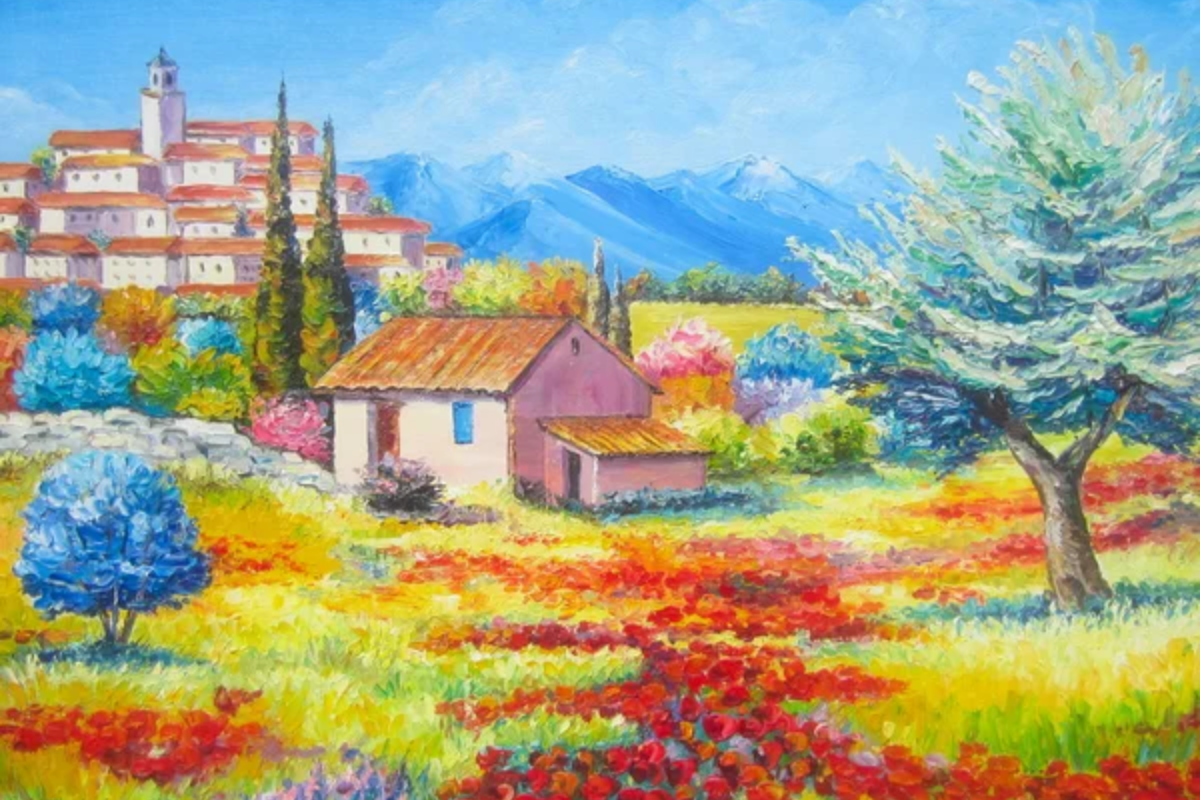
This village’s perfectly preserved castle stands as one of the finest examples of medieval architecture in Tuscany. The main street follows the ridge of a hill, offering views across the Casentino Valley on both sides.
Ancient wooden shutters and iron lanterns create an atmosphere that feels unchanged by time. The village library holds precious manuscripts that scholars still study today.
Suvereto
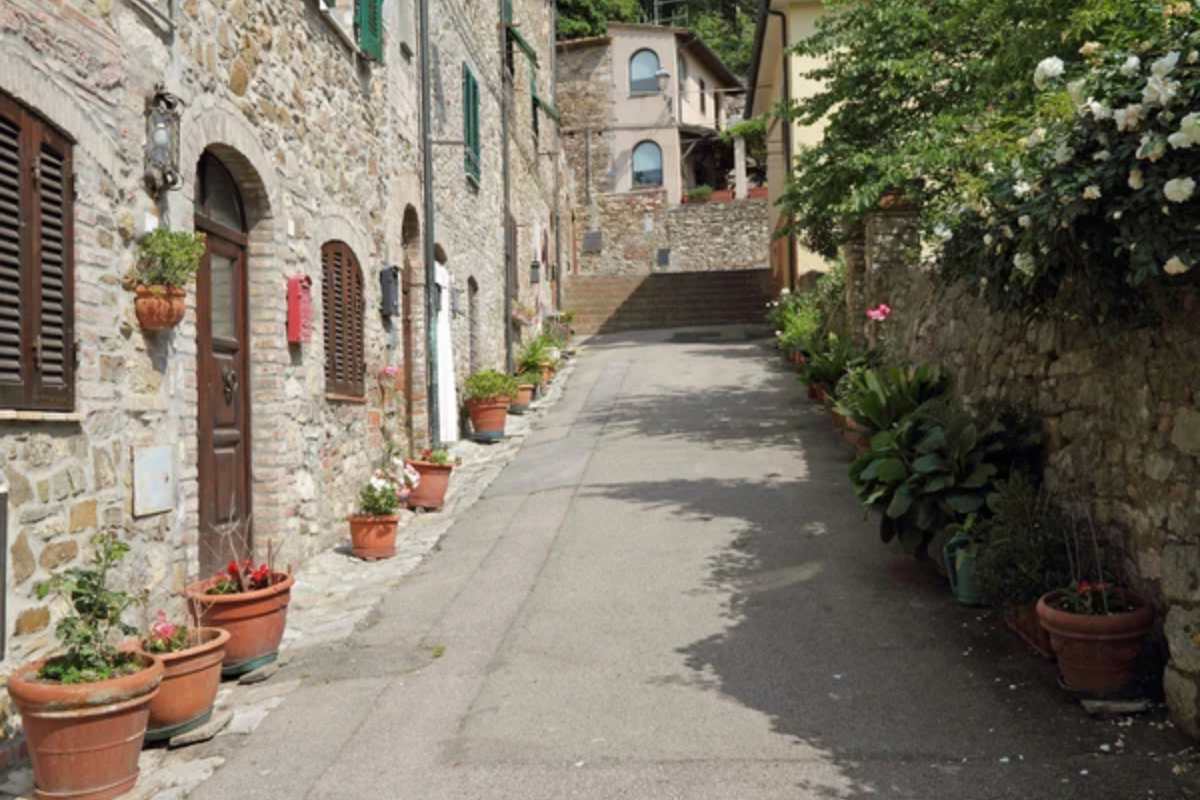
Iron gates and stone archways mark the entrances to this village, where wild boars still roam the surrounding woods. Wine cellars carved into the bedrock maintain perfect temperatures for aging local vintages.
The village’s medieval walls enclose a community that still celebrates centuries-old festivals. Craftspeople work in studios that once housed medieval guilds, keeping traditional skills alive.
Like Travel Pug’s content? Follow us on MSN.
Vicopisano
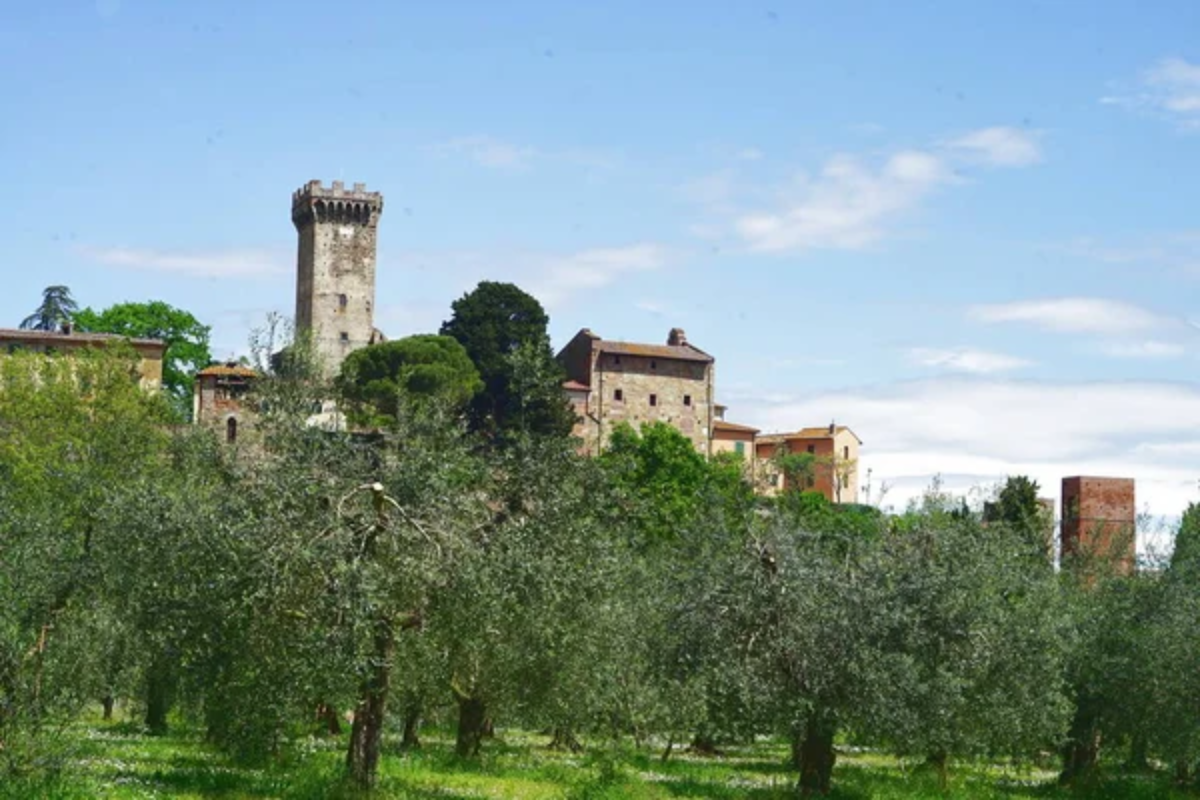
Brunelleschi himself designed the fortress that watches over this hidden gem near Pisa. The village’s eleven medieval towers create a striking silhouette against the Tuscan sky.
Olive groves surrounding the village produce oil so prized that families pass down their trees through generations. Ancient millstones and pressing equipment still stand in old olive mills, telling stories of centuries of harvests.
Certaldo Alto
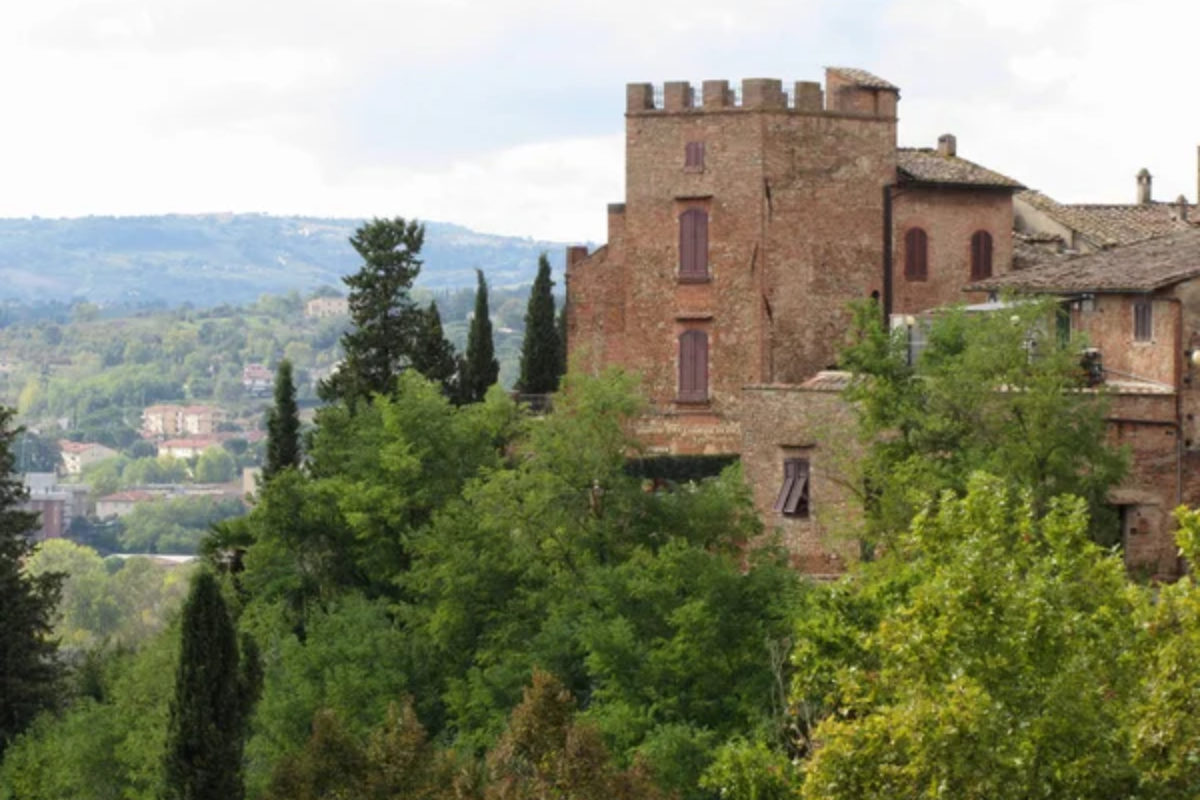
Reached by a charming funicular railway, this red-brick village sits above its modern counterpart. In the heart of town, the house of Giovanni Boccaccio, author of The Decameron, is preserved.
Evening light gives the brick buildings a warm glow that photographers dream about. Local taverns serve wild boar stew from recipes that haven’t changed in centuries.
Roccalbegna
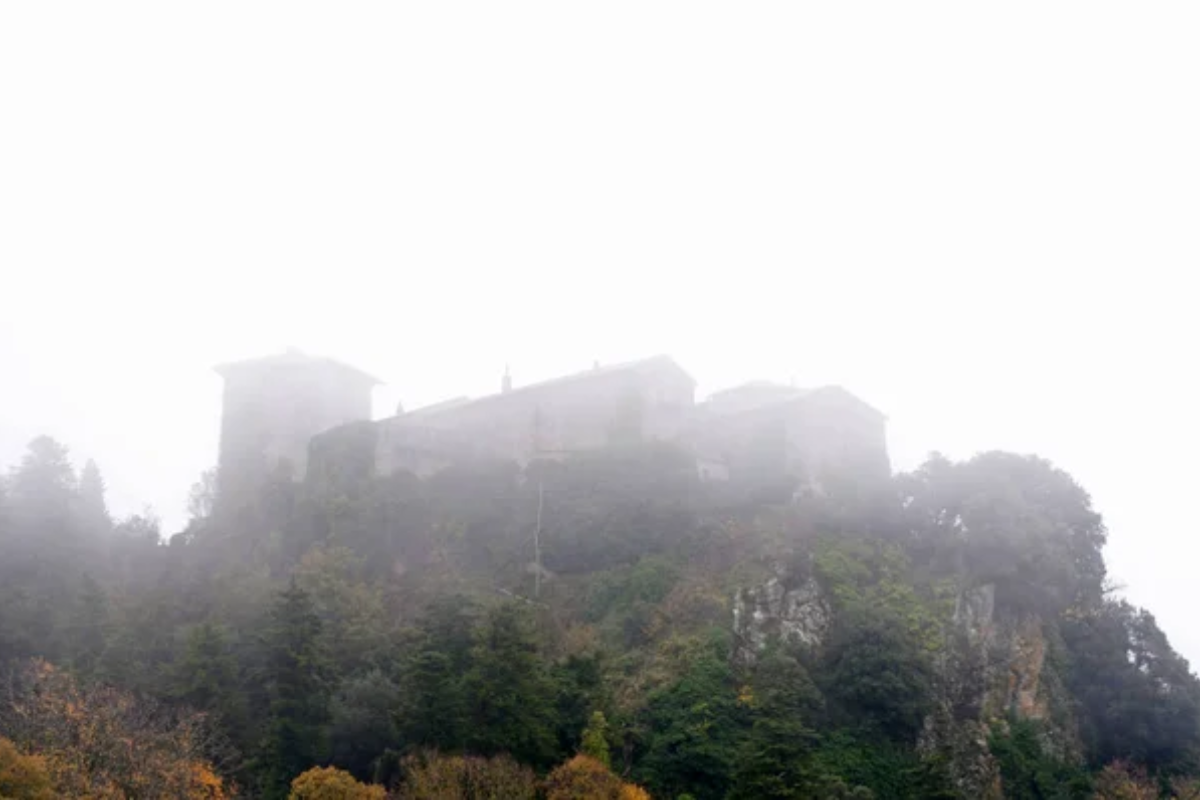
This village clings to a dramatic rock formation, topped by the ruins of a castle that touches the clouds. Houses built from local stone blend seamlessly into the cliff face, creating an organic appearance.
The village baker still uses an ancient wood-fired oven that fills morning streets with irresistible aromas. Time moves slowly here, marked by church bells and the sun’s changing position.
Like Travel Pug’s content? Follow us on MSN.
Monticchiello
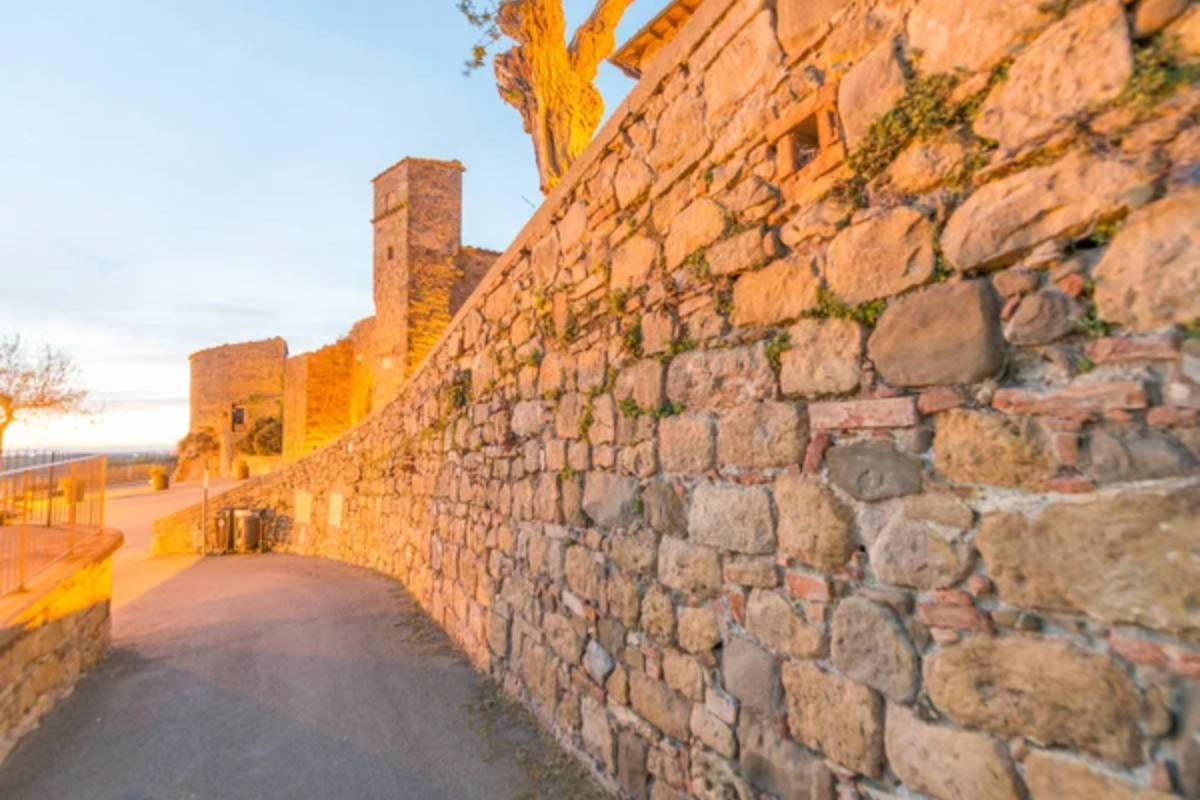
Famous for its community theater tradition, this village turns its streets into a stage each summer. The iconic cypress-lined road leading to the village has graced countless photographs and paintings.
Local women maintain a traditional craft cooperative, creating textiles using age-old patterns. The village’s defensive walls offer peaceful spots to watch golden sunsets over Val d’Orcia.
Montemerano
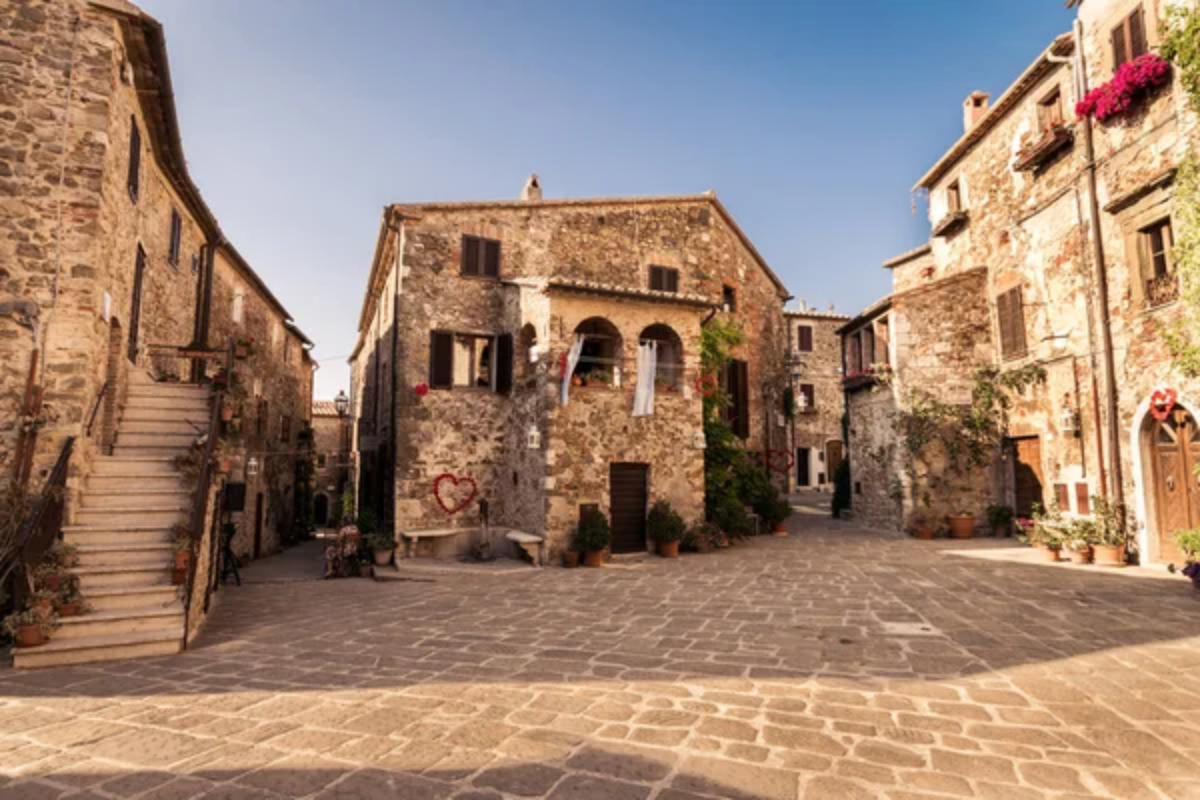
Hot springs bubble near this circular village, where medieval street layouts create a natural maze. Every window seems to overflow with flowers, creating splashes of color against ancient stone walls.
The church holds surprising art treasures that rival those of major cities. Gardens hidden behind high walls produce vegetables for the village’s renowned restaurants.
Trequanda
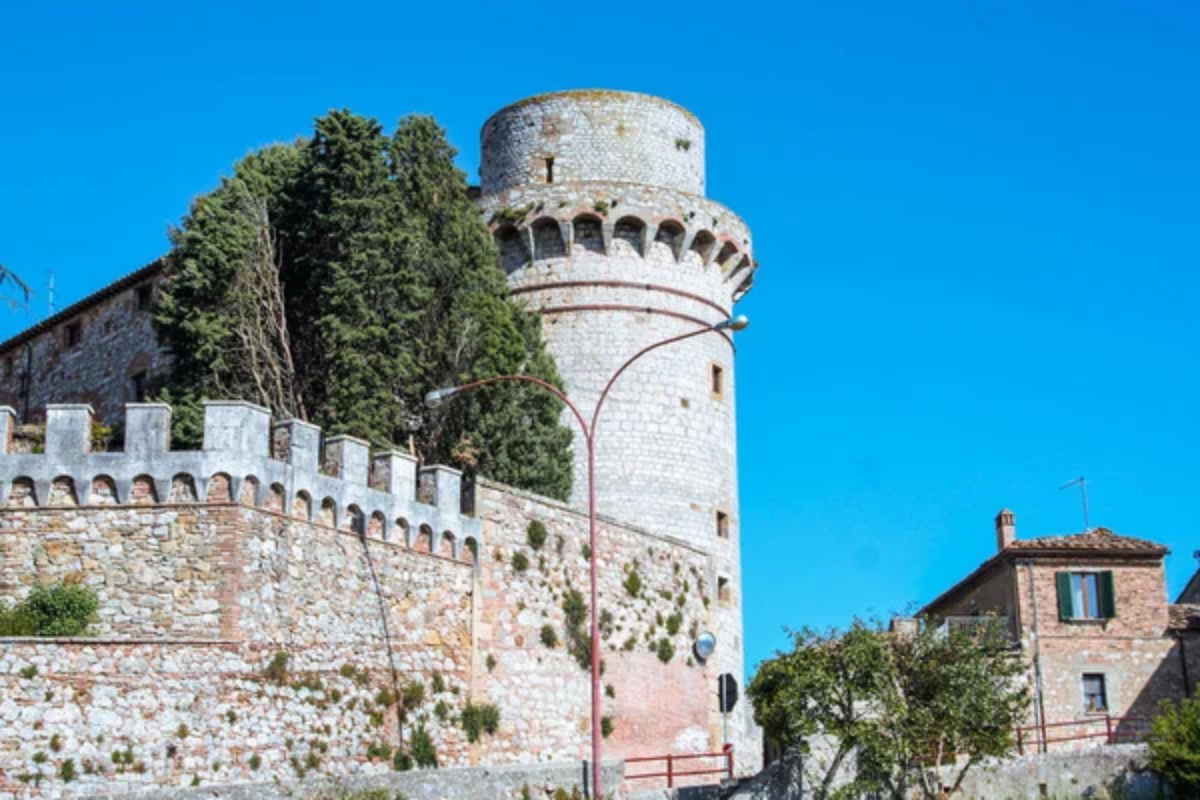
Three ancient gates welcome visitors to this village, where olive trees grow within the city walls. The striped marble church contains frescoes that have amazed travelers for centuries.
Local families still compete to create the most beautiful window box displays each spring. The village’s position offers clear views of Mount Amiata on crisp mornings.
Like Travel Pug’s content? Follow us on MSN.
Santa Fiora
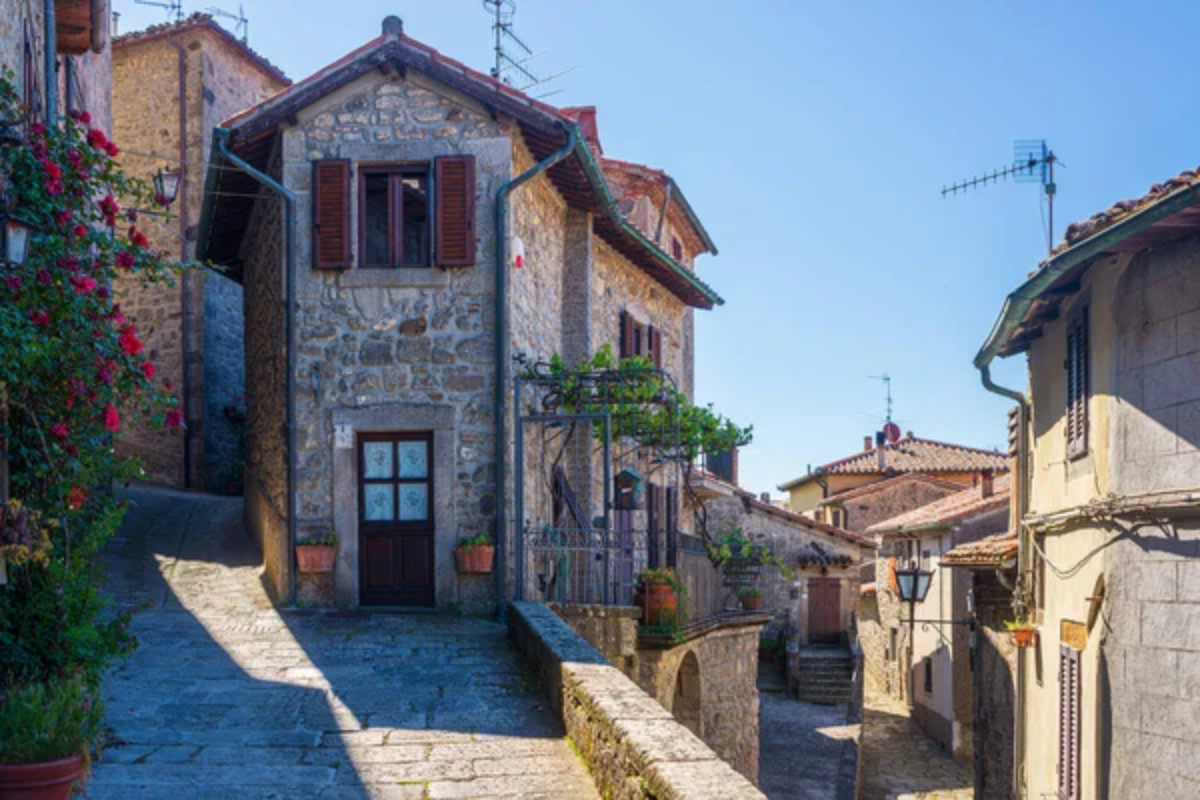
Natural springs feed medieval fountains in this village nestled on the slopes of Monte Amiata. The old Jewish quarter preserves memories of a once-thriving community that made this village their home.
Chestnut forests surrounding the village provide wood for traditional crafts and ingredients for local dishes. The piece contains a collection of Della Robbia terracotta works that draw art lovers from around the world.
Anghiari
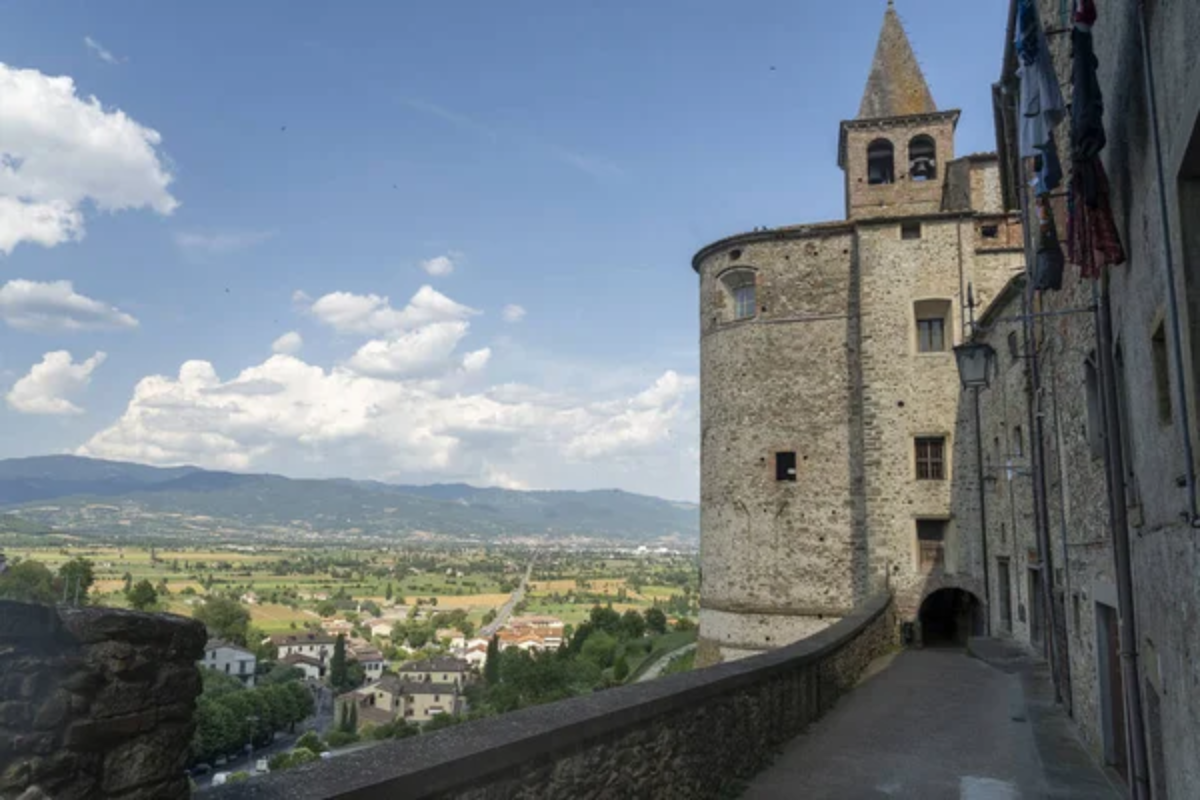
Massive stone walls rise dramatically from the valley floor, protecting one of Tuscany’s most scenic villages. The main street follows an ancient Roman road, sloping gently toward the valley below.
Artisan workshops keep traditional crafts alive, from furniture restoration to handmade textiles. The village played host to a famous battle that Leonardo da Vinci once planned to paint.
Murlo
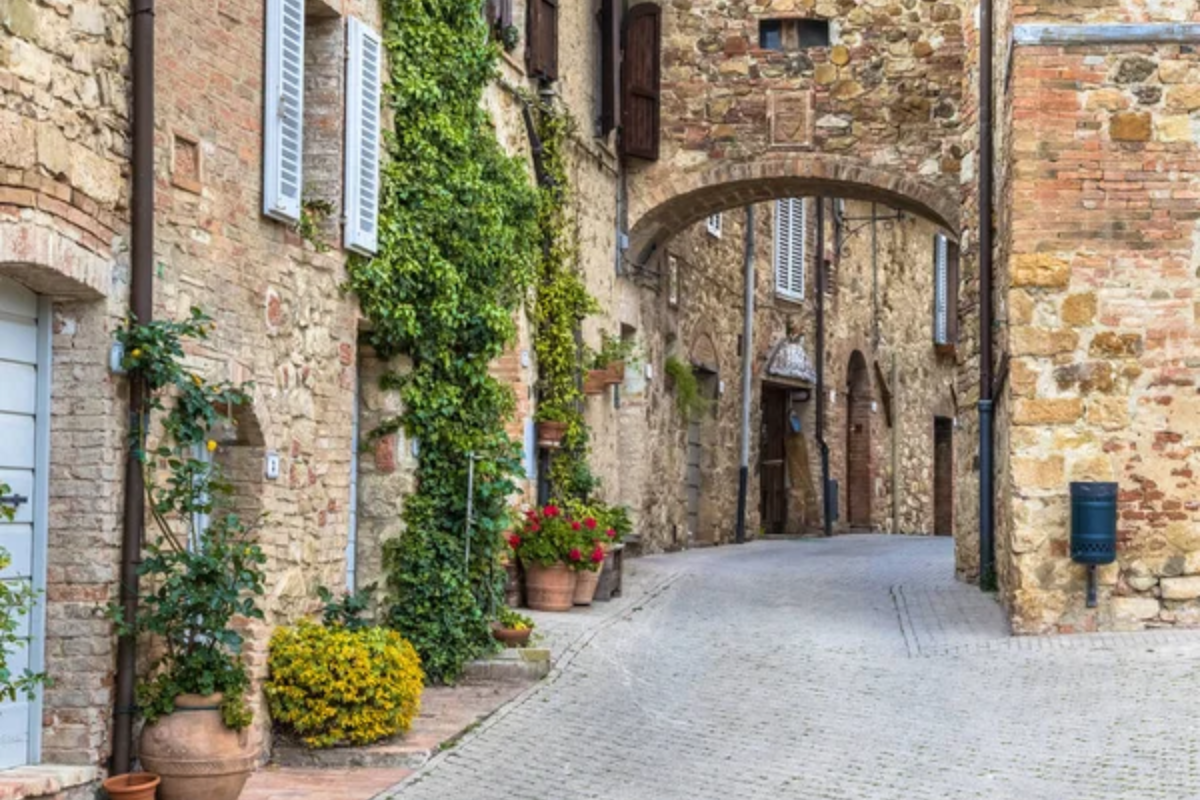
This tiny village preserves its Etruscan heritage through a fascinating museum housed in its castle. The surrounding woods hide traces of ancient civilizations that locals love to share with visitors.
The village restaurant serves wild boar hunted in nearby forests and mushrooms gathered by resident experts. Time seems to stand still within the village walls, where every stone has a story to tell.
Like Travel Pug’s content? Follow us on MSN.
From Past to Present
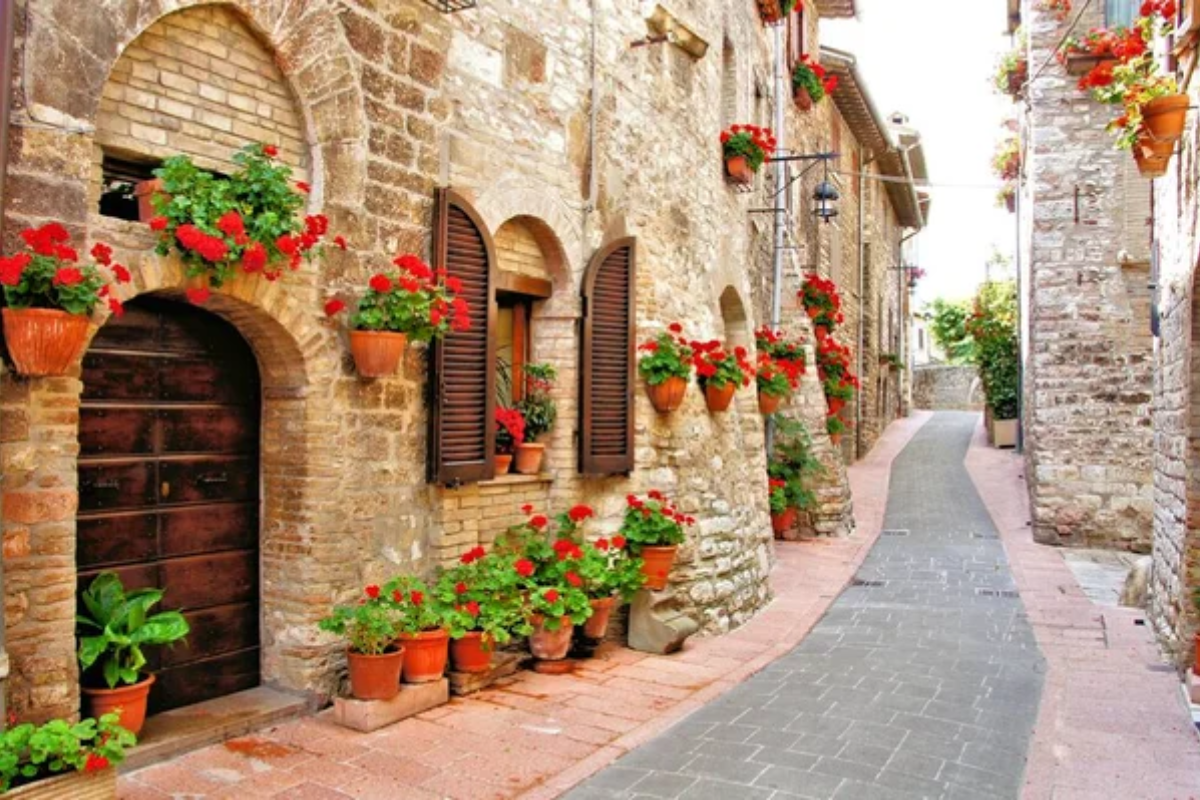
These villages stand as living museums, preserving a way of life that refuses to be rushed by modern times. Their stories continue to unfold through the daily rhythms of local life, the preservation of ancient traditions, and the warm welcome extended to thoughtful visitors.
While the rest of the world races forward, these twenty gems remind us that some places are meant to be savored slowly, like a fine Tuscan wine. The true magic of these villages lies in their beauty and ability to transport us to a simpler time while remaining alive in the present.
More from Travel Pug

- 20 Towns Built for One Purpose That Were Later Abandoned
- 15 Hidden Spots in Disney World’s Magic Kingdom Most Visitors Miss
- 20 Photos of the World’s Most Beautiful Glacial Lakes
- 15 Canyons in the U.S. That Are Just as Stunning as the Grand Canyon
- 10 Under-the-Radar Mountain Towns That Are Both Affordable and Beautiful
Like Travel Pug’s content? Follow us on MSN.
